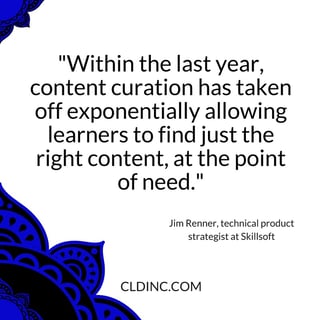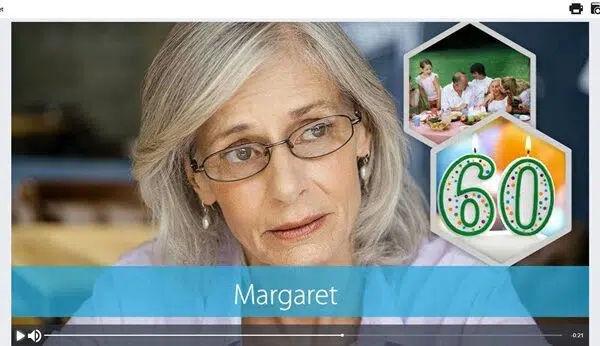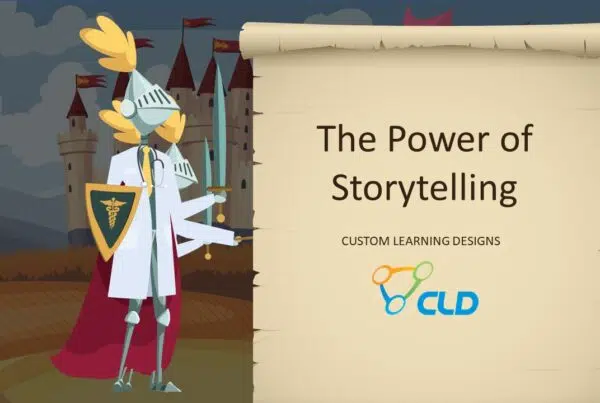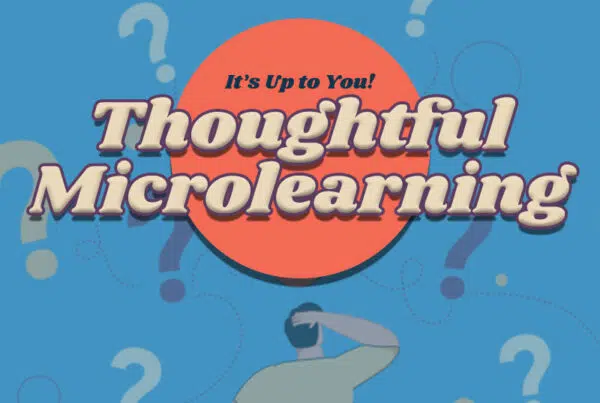
Curating content for various types of e-learning has really taken off in the past couple of years, and ultimately it should allow your sales team members the ability to find the exact content they need exactly when they need it, even if that’s in the elevator on the way to visit a potential client. On the go, learning is a part of millions of people’s lives, whether they regularly listen to podcasts on topics of interest or use a game to learn a foreign language. It only makes sense that corporate training is adapted for use on the go as well.
Some Common Challenges for On the Go Learning
One of the most common challenges to adapting training material for mobile use is simply that over the years organizations have built up such a large library of material they’re not sure where to begin in adapting it for mobile – or exactly how to go about that. Another challenge is the popularity of the “bring your own device” (BYOD) approach to mobile devices at work. How can organizations make their content work securely on a selection of mobile devices? For most organizations, the transition of the material from traditional learning or e-learning to mobile learning must take place in baby steps. Trying to do it all at once can result in chaos.
Mobile Video for Pharma Sales Training
Mobile learning can take many forms, and one of the most popular ones is mobile video. As with all mobile learning modules, mobile video should be short and concise. Mobile lends itself well to “bite-sized” chunks of learning, so longer training videos should perhaps be reserved for other settings. Keep in mind also that although people complain about vertical video on the web, a vertical video is appropriate for mobile phones, because traditional horizontal video can leave a lot of unused screen space on phones.
What About Podcasts?
Audio can be an effective learning modality for mobile learners. Podcasts can be played in the car through the stereo, or listened to during downtime, and some people learn most effectively through auditory channels as opposed to visual. As with other types of mobile learning, podcasts for sales training should be bite-sized. Hour-long lectures should be reserved for the classroom or non-mobile e-learning. That said, however, podcasts can be an excellent addition to your organization’s training repertoire.
Games Are Becoming More Popular
We’ve all heard the term “gamification” so much this year, but is it just a passing fad? It appears not to be, but rather a powerful new learning technique that not only imparts information in an engaging manner but also uses gameplay features to help learners retain that information. Games work best when they’re consciously and strategically added to the training mix, and not just thrown in as an add-on designed to appeal to Millennials. Games for learning can be applied to any industry, and trainees of all ages and backgrounds take to them.
The content your organization adapts for mobile learning must be engaging and should be meted out in manageable, bite-sized quantities. Designing material for mobile requires that sales trainers take a hard look at the information they want to teach and prioritize that which is most suitable for mobile learners. You’ll find that your mobile learning strategy – like the rest of your organization’s training – is not a “once and done” process, but continually evolves. By staying apprised of all areas of training expertise, you can be confident that your learners will have the advantages of outstanding information presented in ways that are meaningful and useful every day.




